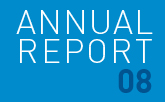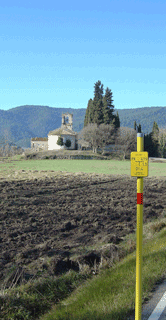- Dubai
- Brent
- WTI
- 32
- 38
- 40
- 30,88
- 32,86
- 33,68
- 26,76
- 28,83
- 31,06
- 33,69
- 38,27
- 41,49
- 49,54
- 54,52
- 56,59
- 61,52
- 65,14
- 66,02
- 68,27
- 72,39
- 72,20
- 87,37
- 92,00
- 92,98
- 103,41
- 108,97
- 112,63
- 131,27
- 133,18
- 133,30
- 67,42
- 71,87
- 76,62
- 41,56
- 41,52
- 44,61
At the same time, the value of the US currency plunged against the euro. The OPEC meeting held at the beginning of March left the production allocation unchanged. During this period, the world looked on as disparaging remarks were exchanged between international organisations, and commentators began to refer to a new energy scenario and, as they had during the crises of 1973 and 1979, the diversification of demand.
The rise in both oil and food prices created yet another barrier to development among the world’s poorest countries and communities.
An extraordinary OPEC meeting was convened, and total output was fixed at 27.3 million barrels a day, but despite this, the cartel failed to halt the fall in prices. By 18 December, Texas crude was selling at under $40 a barrel for the first time since 2004, falling to $37.7 by the end of the year.
All the forecasts relating to consumption (including those made by the IEA and OPEC itself) pointed to a fall in demand over the short and medium term. The financial crisis was now a reality, and all the markets were recording a fall in demand, including China, one of the countries that had most boosted the market in recent years.

-
 Grupo Gas Natural
Grupo Gas Natural

